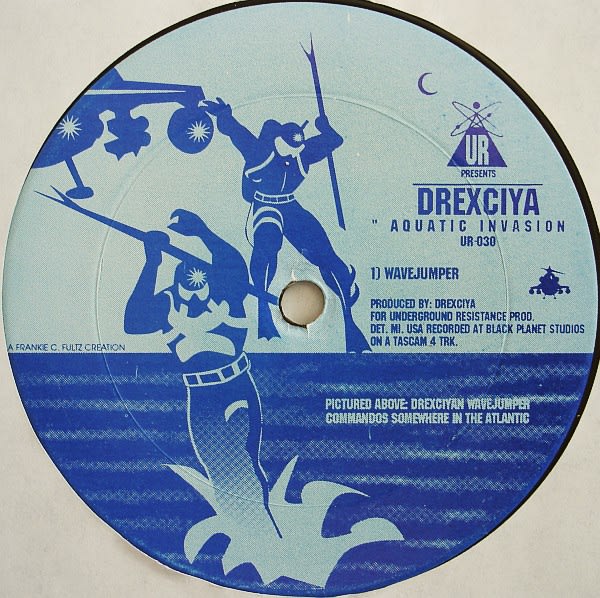-
-
In her new series of paintings, Firelei Báez casts diasporic histories into an imaginative realm, re-working visual references drawn from the past to explore new possibilities for the future. With a goal to reclaim power, Báez overlays figuration, symbolic imagery, and abstract gesture onto large-scale reproductions of found maps and documents. She populates these historically-loaded representations of space with change-making creatures—whose hybrid forms incorporate folkloric and literary references, textile pattern, plantlife, and wide-ranging emblems of healing and resistance—to present fictional alternative universes.
-

-

-

-

-
Firelei Báez (b. 1981, Dominican Republic) received an M.F.A. from Hunter College, a B.F.A. from the Cooper Union’s School of Art, and studied at the Skowhegan School of Painting and Sculpture. In 2020, Báez is shortlisted for Artes Mundi 9, and will be the subject of a solo presentation at the ICA Watershed, Boston, MA this summer. In 2019, the artist had solo exhibitions at the Mennello Museum of Art, Orlando, FL, the Witte de With Center for Contemporary Art, Rotterdam, the Netherlands, and the Modern Window at the Museum of Modern Art, New York. Her outdoor sculpture, 19.604692°N 72.218596°W, was included in En Plein Air, the 2019 High Line Art exhibition. Báez was featured in the 2018 Berlin Biennale, Prospect.3: Notes for Now (2014), Bronx Calling: The Second AIM Biennial (2013), and El Museo’s Bienal: The (S) Files (2011). Her major 2015 solo exhibition Bloodlines was organized by the Pérez Art Museum Miami and travelled to the Andy Warhol Museum in Pittsburgh.
Other recent solo exhibitions of Báez’s work have been presented by The Studio Museum, Harlem, NY; Contemporary Arts Center Cincinnati, OH; Kemper Museum of Contemporary Art, Kansas City, MO; DePaul Art Museum, Chicago, IL; Taller Puertorriqueno, Philadelphia, PA; and Utah Museum of Contemporary Art, Salt Lake City, UT. Báez is the recipient of many awards, including the Smithsonian Artist Research Fellowship (2019), Soros Arts Fellowship (2019), the United States Artists Fellowship (2019), the College Art Association Artist Award for Distinguished Body of Work (2018), the Future Generation Art Prize (2017), the Chiaro Award (2016), and Joan Mitchell Foundation Painters & Sculptors Grant (2011). Her work belongs to the permanent collections of institutions including The Alfond Collection of Contemporary Art, Cornell Fine Art Museum, Rollins College, Orlando, FL; BNY Mellon Art Collection, Pittsburgh, PA; The Cleveland Clinic Fine Art Collection, Cleveland, OH; Dallas Museum of Art, TX; The Isabela and Agustín Coppel Collection, Mexico City, Mexico; Kemper Art Museum, St. Louis, MO; Kunstmuseum Wolfsburg, Germany; Nasher Museum of Art at Duke University, Durham, NC; Nelson-Atkins Museum of Art, Kansas City, MO; New Orleans Museum of Art, LA; Orlando Museum of Art, FL; Pérez Art Museum Miami, FL; Pizzuti Collection of the Columbus Museum of Art, OH; Ruth and Elmer Wellin Museum of Art, Hamilton College, Clinton, NY; San Jose Museum of Art, CA; Sindika Dokolo Foundation Collection, Luanda, Angola; Spelman College Museum of Fine Art, Atlanta, GA; and The Studio Museum in Harlem, New York, NY.-
Detail: Firelei Báez, Man Without a Country (aka anthropophagist wading in the Artibonite River), 2014-15
-
Detail: Firelei Báez, I write love poems, too (The right to non-imperative clarities), 2018. Installation view: Pine's Eye, Talbot Rice Gallery, The University of Edinburgh, 2020. Photo: Sally Jubb
-
Detail: Drexciya, “Aquatic Invasion” (Underground Resistance: 1994, Vinyl)
-
Firelei Báez in her studio. Photo: Derek Fordjour
Maps courtesy of David Rumsey Map Collection, David Rumsey Map Center, Stanford Libraries. -
Firelei Báez: Gallery Exhibition at 48 Walker St
Past viewing_room


















